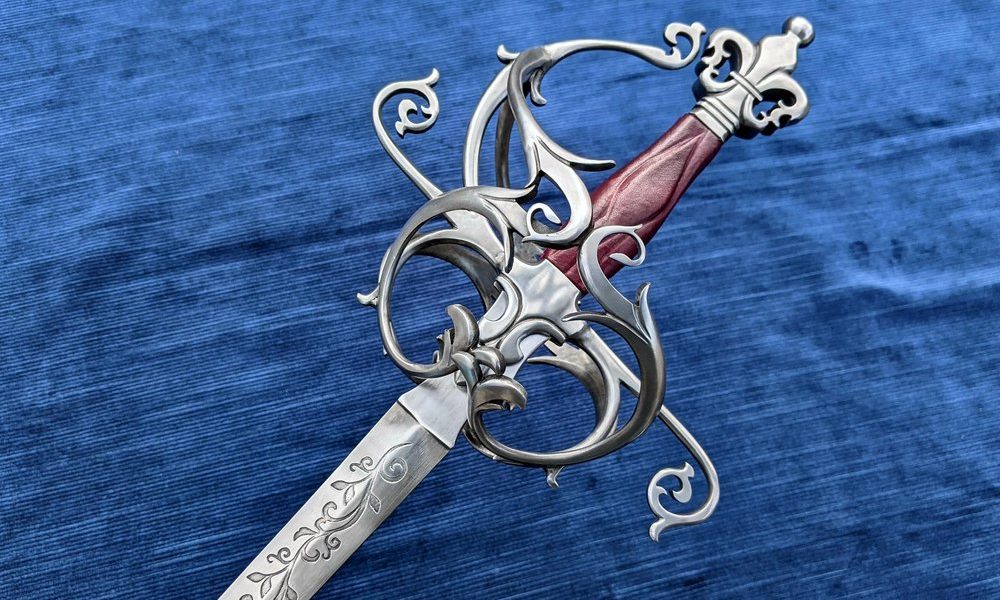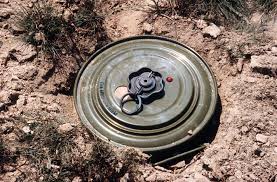The rapier, a slender, thrusting sword with a triangular cross-section, was a popular weapon in Europe during the 16th and 17th centuries. Characterized by its long, slender blade and intricate hilt, the rapier was primarily designed for dueling and fencing, rather than warfare.
Historical Context
The rapier emerged in Italy during the 15th century as a development of the earlier sword known as the spada da lato. As firearms became more prevalent in warfare, the rapier became a popular choice for personal defense and dueling among the nobility. The popularity of dueling led to the development of formal fencing techniques and etiquette, which were often taught in specialized academies.
Characteristics and Construction
A typical rapier has a blade length of around 36 to 48 inches (91 to 122 cm) and a hilt that is often decorated with intricate carvings or inlays. The blade is typically made of steel and has a triangular cross-section, which was designed to penetrate armor more effectively than a round-section sword. The hilt is often shaped in a cup or basket form, providing protection for the hand.
Fencing Techniques
Rapier fencing was characterized by its emphasis on thrusting rather than cutting. Duelists would use a combination of footwork, feints, and parries to create openings and deliver thrusts. The rapier’s slender blade and lightweight design made it ideal for quick, precise attacks.
The Rapier in Popular Culture
The rapier has been featured in numerous works of fiction, including literature, film, and video games. It is often associated with elegance, sophistication, and a sense of chivalry. The rapier’s iconic appearance and historical significance have made it a popular subject for collectors and enthusiasts.
The Rapier Today
While the rapier is no longer used as a weapon in modern times, it remains an important symbol of European history and culture. It is studied and practiced by historical fencing enthusiasts and is often featured in fencing competitions. Additionally, the rapier’s elegant design and historical significance have made it a popular subject for collectors and artisans.
Would you like to know more about specific fencing techniques, famous duelists, or the history of the rapier?




